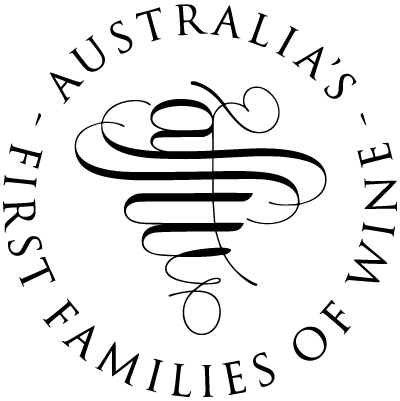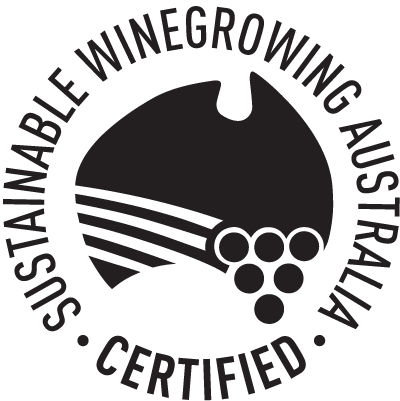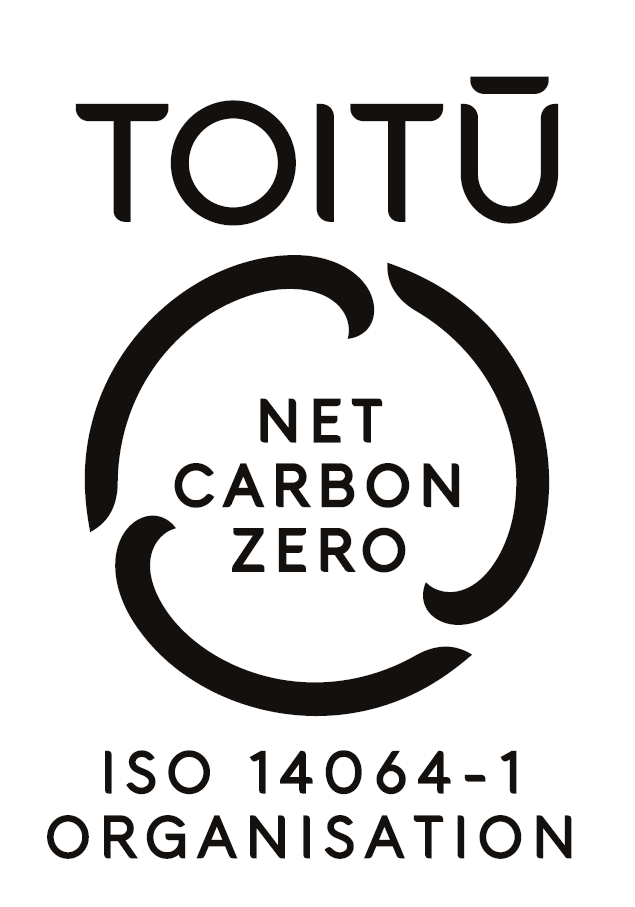Cultural Heritage
The story of Tahbilk begins with the land and the river. Situated within the traditional lands of the Taungurung people, tabilk-tabilk means ‘place of many waterholes’, a name which aptly describes the abundance of the landscape. This is the place we call home.
The intricate internal billabong systems create a unique meso-climate and provides a home for an array of plant and animal life, supporting near perfect growing conditions in our vineyards.
Our unique environment is at the heart of our ability to craft wines of exceptional quality which truly represent the earth in which they grow.
A priceless inheritance
Established in 1860 Tahbilk is one of Australia's most beautiful and historic family owned wineries. Located in the Nagambie Lakes region of central Victoria (120kms north of Melbourne), one of the nation's premium viticultural areas.
The property comprises some 1,214 hectares of rich river flats with a frontage of 11 kms to the Goulburn River and 8 kms of permanent backwaters and creeks. Purchased by the Purbrick family in 1925, Tahbilk is home to 5 generations.
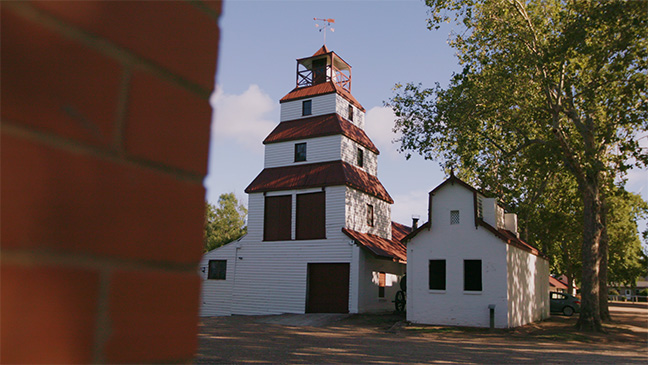
Taungurung Country
We acknowledge the Taungurung People, the Traditional Custodians of the land on which Tahbilk Estate lies. We pay our respects to leaders and Elders past, present and emerging for they hold the memories, the traditions, the culture and the hopes of all Taungurung peoples. We express our gratitude in the sharing of our land, our sorrow for the personal, spiritual and cultural costs of that sharing and our hope that we may walk forward together in harmony and in the spirit of healing.
'Long before white men found the valley the river was at work cutting and shaping the land with strong probing waters, shearing through red clay, sifting fine sand and course sand and, in flood years, reaching out far beyond the confines of the high, curving banks which kept its flow within bounds in normal seasons to spread wide layers of rich brown mud over the valley slopes.
Through the century’s swampy lagoons and curving billabongs along the valley filled and dried and were filled again. Here wild duck bred and many other water birds.
Platypus made homes along the river banks and clusters of black swans sailed up and down on the broad waters, undisturbed except when small parties of Taungurung people ferried themselves across stream in their bark canoes on the way from one camp to another. The whole length of the valley was good hunting ground.
There were good fish in the river and bronze winged pigeon among the tall gum bordering the main stream. Kangaroos and emu ran in the forest; there was plenty of wood for campfires and water always, even in the dry seasons. There were good canoe-trees growing in the bush near the river, and hidden corroboree grounds lay among the islands standing in the billabongs.’ - Chateau Tahbilk – Story of a Vineyard written by Enid Moodie Heddle and Frank Doherty
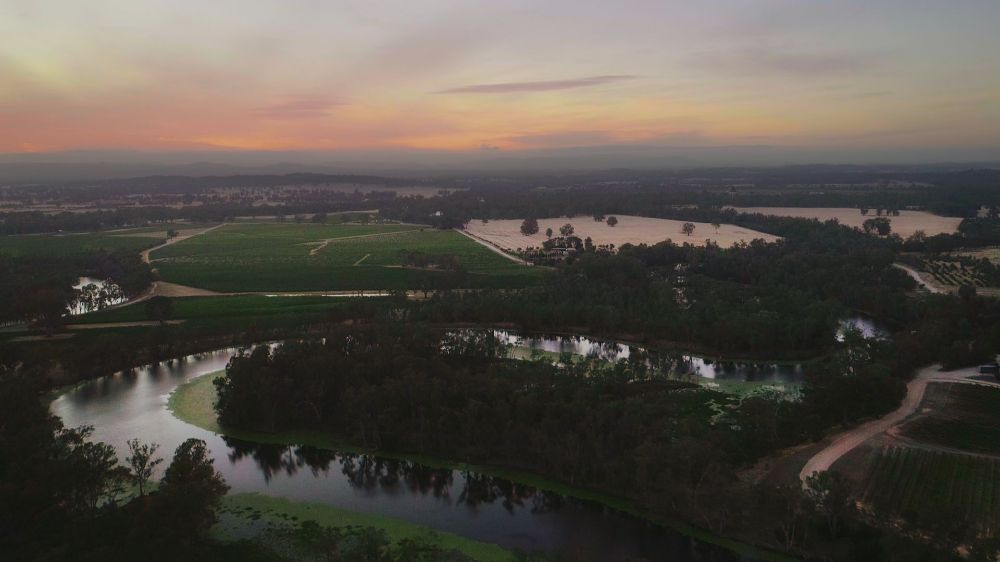
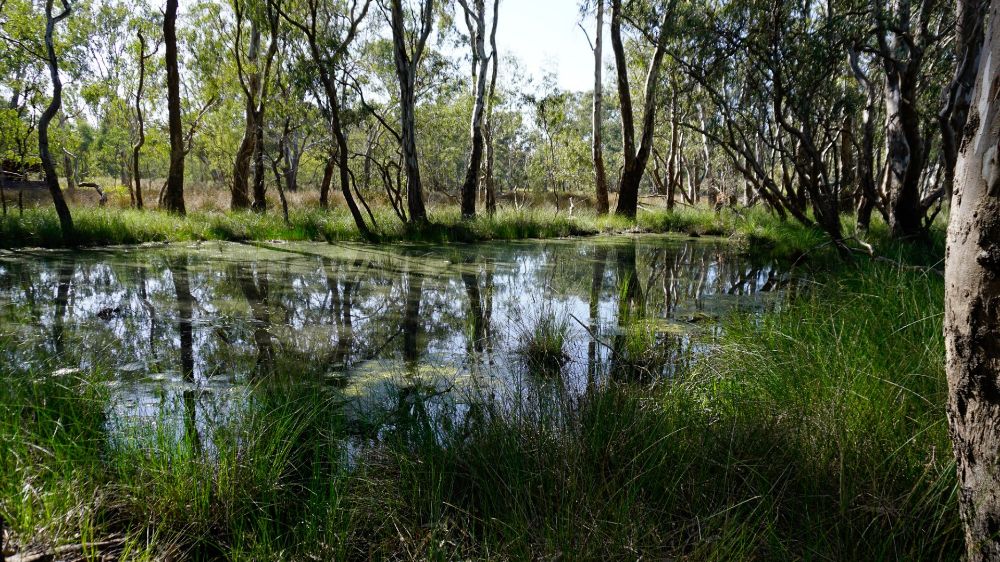
The place is known as tabilk-tabilk in the language of the Taungurung people, translated into place of many waterholes. It is a sacred place which is very special to all who have laid feet on the land.
In 1995 the first steps were taken to regenerate what is now known as the tabilk-tabilk eco-trail area through the addition of understory vegetation.
Planted to provide habitat necessary to attract greater numbers of native birds and animals. Returning the environment to that once known by the Taungurung people.
Prior to opening in 2005 these efforts were complemented by nature walking paths, timber boardwalks, docking points for the eco-trail boat/s and two bird hides. In more recent times we have also opened the Taungurung Native Flora trail through section 1 of the wetlands walk. An ongoing works program continues to maintain and enhance the area as an important conservation area.
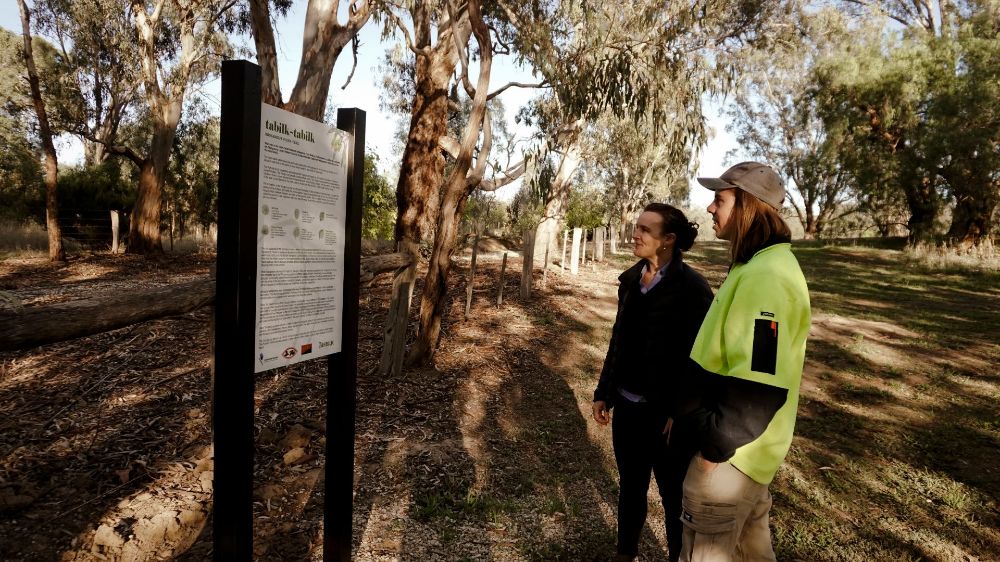
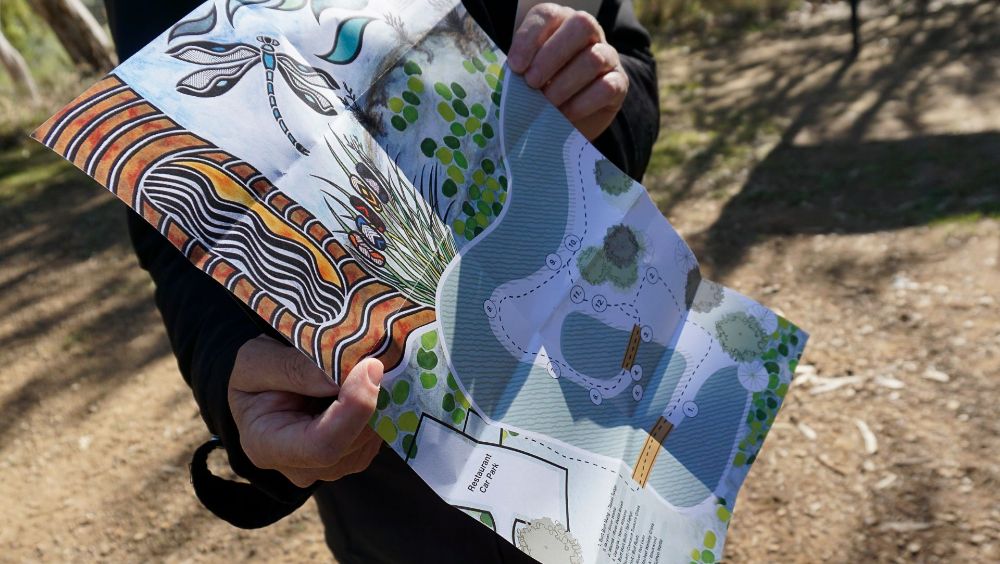
In 2021 we welcome a new experience to Tahbilk, the Tabilk-Tabilk Wetlands Indigenous Flora Walking Trail.
The Tabilk-Tabilk Indigenous Flora Trail walk is an extension of the Tahbilk Wetlands & Wildlife Reserve walk developed in collaboration with Taungurung Land & Waters Council, Goulburn Broken Catchment Management Authority, Angela Ten Buuren, Shane Monk, Mick Harding and the Purbrick Family.
The walk shares and celebrates Taungurung culture as a collective gift to all visitors to Tahbilk Estate so they can continue to learn and grow in their knowledge and understanding of Australia’s first people.
Historic buildings
It was in 1860 when the first vineyard was planted on the river valley slopes of the then known Tabilk Pastoral run. This signalled the start of a new venture and a new opportunity as the ground was cleared to make way for one million cuttings of Shiraz.
The cottages, sheds, stables and the blacksmith shop remaining on the property today were all built between 1860 and 1865.
By 1876 Tahbilk was experiencing its first Golden Age, which continued until the end of the nineteenth century. As each year progressed, more land was cleared and the acreage under vines increased.
The first underground cellar was excavated in 1862 and by 1863 was in full use; the cellar continues to be in use today and is a popular visitor experience. With production at its peak, by late 1875 excavation of a new underground cellar was in progress.
Designed by Melbourne Architect William Zeal and was remarkable for the time, constructed without a single-key stone marking. A marker towards an ambition to make wines equivalent to Europe.
In 1877 with the arrival of Frenchman Francois Coueslant the landscape was set to change again. Described by the Australasian as ‘a practical vigneron from France, but a gentle man of progressive ideas, ever ready to adopt new and improved methods of working’ he was set to make his mark on the Tahbilk Estate for many generations to come.
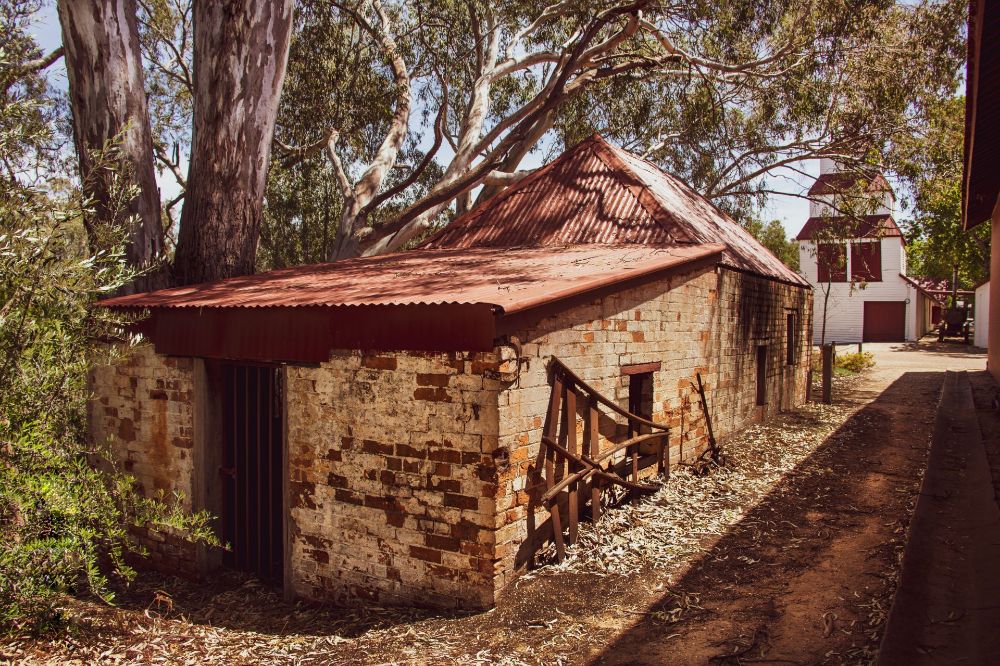
His influence as winemaker and manager from 1877 to 1886 includes the double avenue of white mulberries on the northern driveway and the iconic pagoda-style lookout tower, built in late 1882. The tower was soon to become a recognisable feature on all Tabilk labels as the name Tabilk was dropped in favour for Chateau Tahbilk on the hope to give the Australian winery greater validity in Europe.
The Tahbilk Tower continues to loom large and is the home of the Cellar Door.
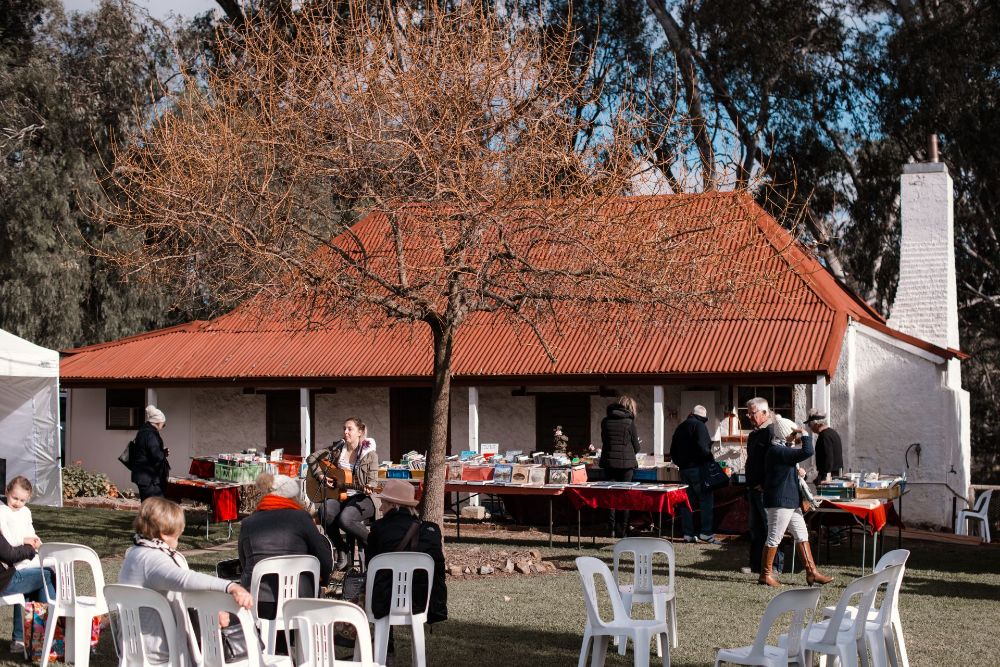
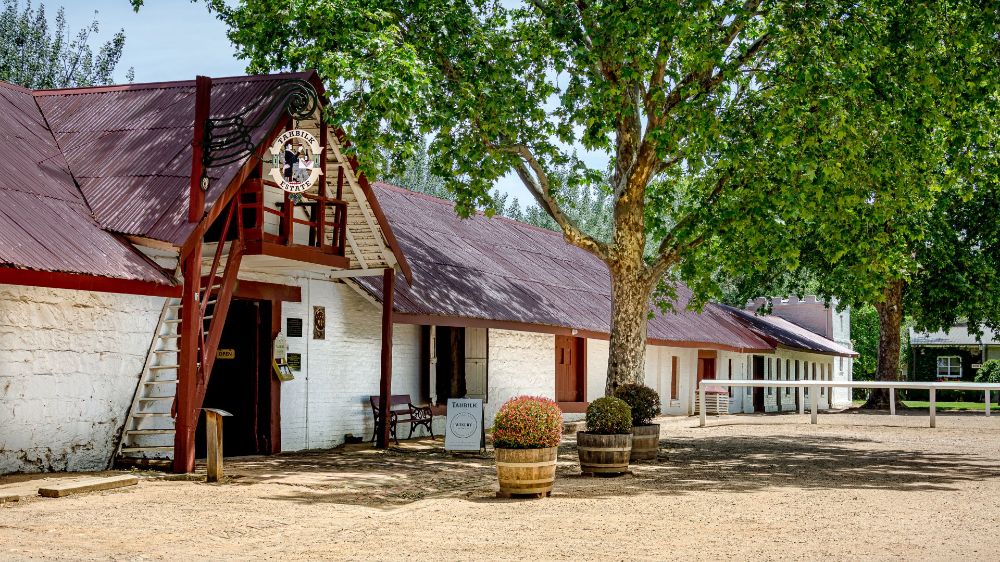
Getting here
Step into a hidden oasis in Victoria where the natural landscape blends to complement a rich winemaking heritage. An easy day trip from Melbourne (90 minutes), Shepparton (50 minutes), Bendigo (90 minutes) - the list goes on! Established in 1860 and purchased by the Purbrick family in 1925, Tahbilk captures the hearts and minds of visitors.
If you are driving don't forget we're not the only great winery in the area. There is also Mitchelton and our Strathbogie ranges friends, Fowles plus we're also a stone's throw away from Heathcote or Rutherglen. Information on Nagambie can be found at www.gonagambie.com.au.

